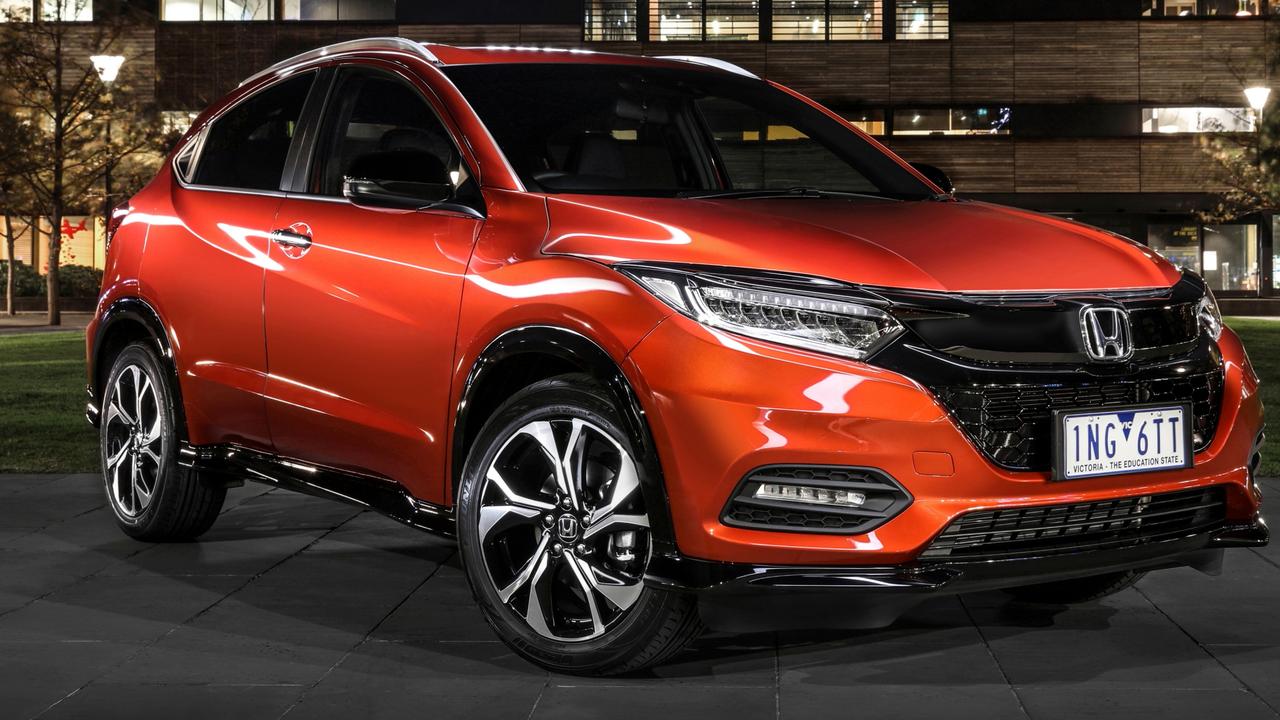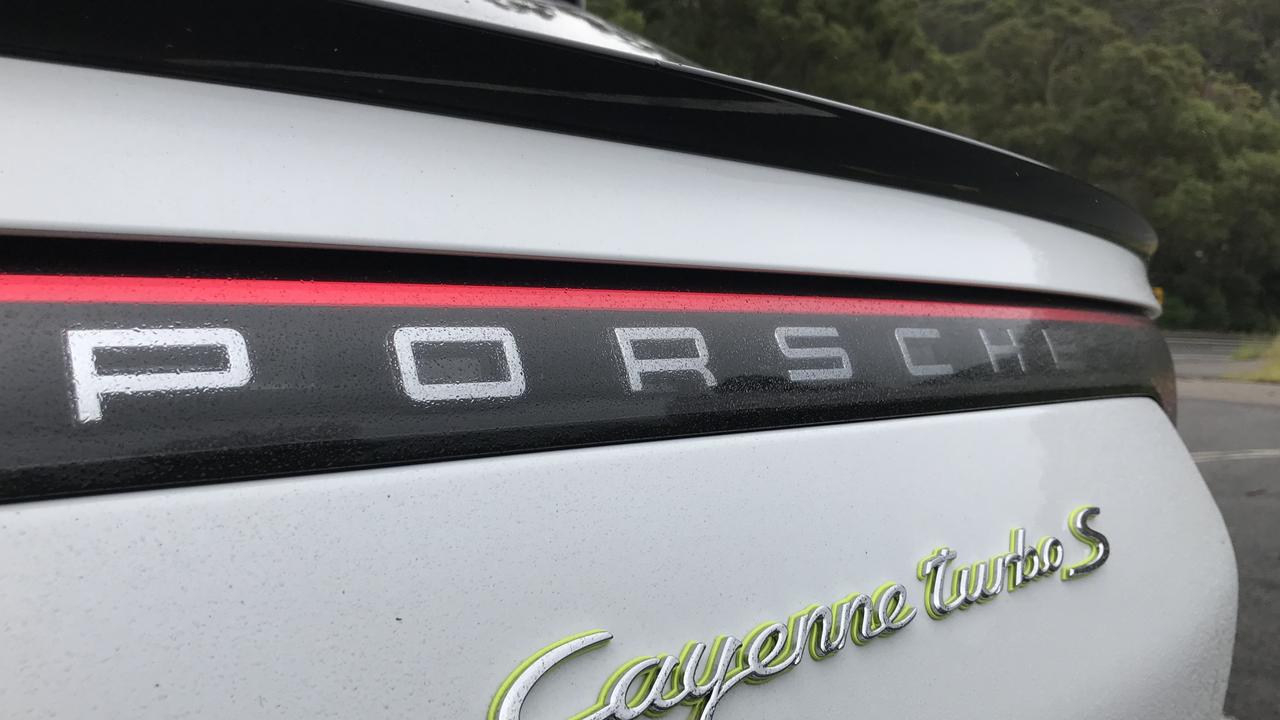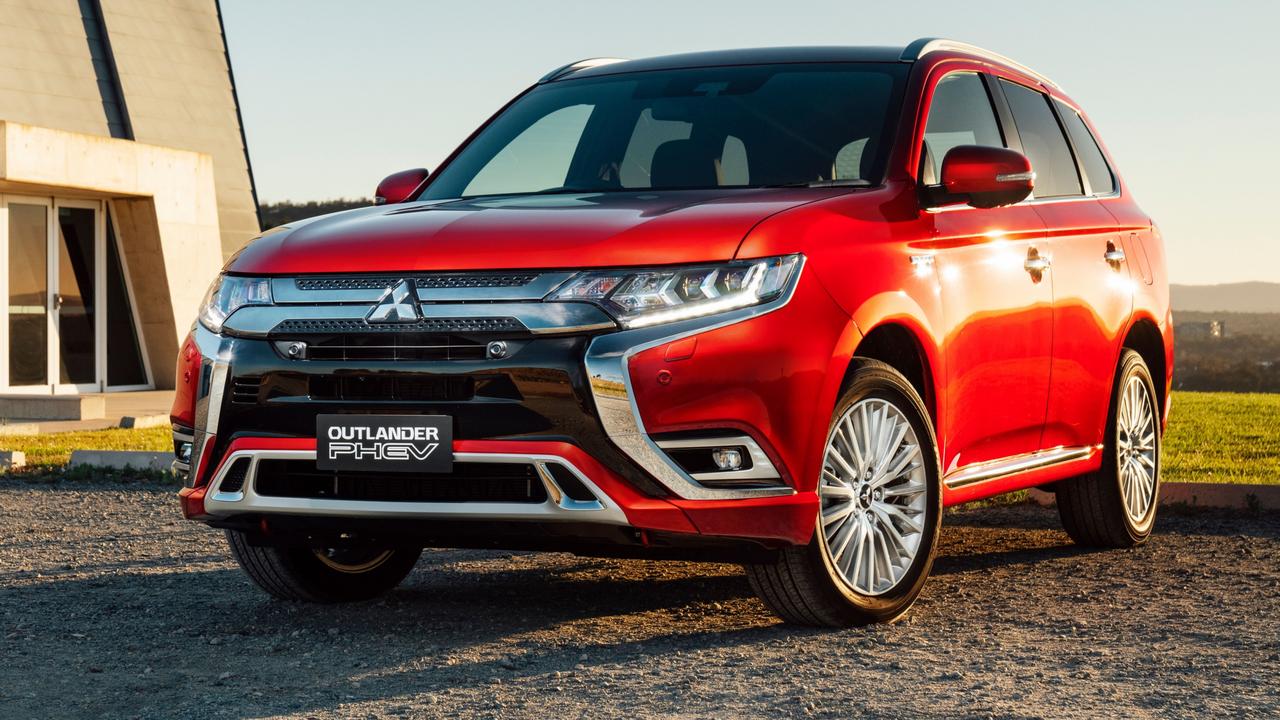Toyota Camry review: the car that never fails to deliver
Toyota’s Camry hybrid uses less petrol in bumper-to-bumper traffic than it does on the open road.

The quiet achiever of the Australian car industry, Toyota’s Camry, manufactured for 30 years in Melbourne until Toyota shut its Altona plant in October 2017, was our most successful automotive export.
Toyota Australia shipped about 1.3 million Camrys, mainly to the Middle East, out of a total production run of close to 2.2 million. Had Holden not followed Ford in closing its Australian operations, Toyota would have continued making the Camry here, but once Holden pulled the pin, it could not continue alone.
So the new from the wheels up eighth-generation Camry is imported from Japan. The 2018 range includes 2.5-litre four-cylinder and 3.5-litre V6 petrol power, plus a more efficient petrol/electric hybrid system, which we’re testing today.
Toyota knows exactly who Camry buyers are — careful, no cardigan jokes — and what they want: value, reliability, safety, comfort and no nonsense motoring. It never fails to deliver.
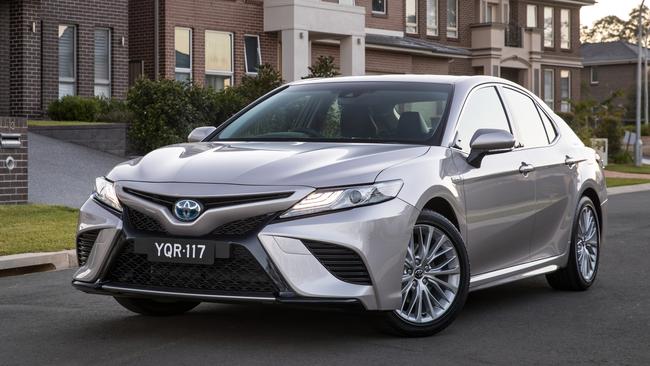
VALUE
Camry Hybrid prices start at $29,990 for the Ascent, a $2300 premium over the equivalent 2.5-litre petrol model. Ascent Sport, our test car, is the value sweet spot at $31,990, while the top spec SL is $40,990.
Camry has been classified as a mid-size sedan by industry statistician VFacts, but in reality it’s a large car, a genuine five seater with comparable dimensions to the (RIP) Falcon and Commodore.
This model is the biggest Camry yet. It sits on a light, rigid chassis, with a 50mm longer wheelbase, a lower, wider stance and lower centre of gravity than its predecessor.
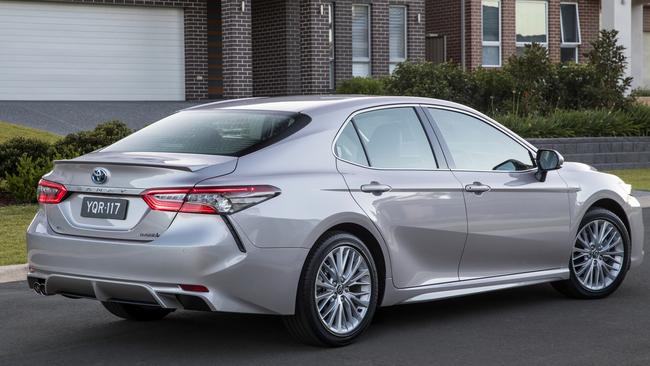
Camry Hybrid Ascent Sport is astounding value at $31,990. You won’t find another sedan (or SUV) of comparable size at that price, let alone one with a powerful, efficient hybrid drivetrain, five-star safety, dual-zone air, eight-inch infotainment touchscreen, voice control, navigation, parking sensors at both ends, a camera with movable guidelines, keyless entry and starting, dual zone air, a power adjustable driver’s seat and auto levelling LED headlights.
Add bulletproof reliability, longer service intervals than previously (now 12 months/15,000km) and low service costs — $975 over five years/75,000km — and the Camry ownership proposition looks as grief-free and financially astute as they come.
COMFORT
When Toyota built the Camry here, it did so to quality standards that were as good, and sometimes better, than its plants in Japan.
Improved fit, finish and materials in this model bring it closer to Lexus standards in quality and presentation.
A supple, quiet ride, the silent operation of the hybrid drivetrain in cruise mode and a driving position that can be tailored for people of all sizes make Camry Hybrid an exceptionally relaxing, enjoyable long distance machine.

The driver’s seat cushion could use more supportive padding, though, and while infotainment includes digital radio, voice control that works (and extends to reading emails and messages), accurate speed camera alerts and real time traffic information, the touch screen graphics are dull and icons can occasionally be unresponsive. Toyota still refuses to connect your smartphone via Apple CarPlay or Android Auto, too.
Rear seat legroom is vast, it’s a pleasant place to travel and vents, front seat pockets and door bins are provided. Toyota has moved the hybrid’s battery from beneath the boot floor to under the back seat in this model, so boot space is the same 525L as the Ascent Sport petrol variant.
SAFETY
Seven airbags, adaptive cruise control, automatic emergency braking, lane departure warning/lane keeping and automatic high beam are standard on Ascent Sport; SL adds blind spot monitoring and rear cross traffic alert.
DRIVING
Camry’s front-wheel hybrid drivetrain includes a 2.5-litre petrol engine, CVT transmission, two electric motors and a nickel metal hydride battery. Performance is excellent, with an immediate, strong surge of high voltage torque from rest and an effortless mid-range, similar to a turbo diesel. The hybrid system is completely smooth and seamless in operation.
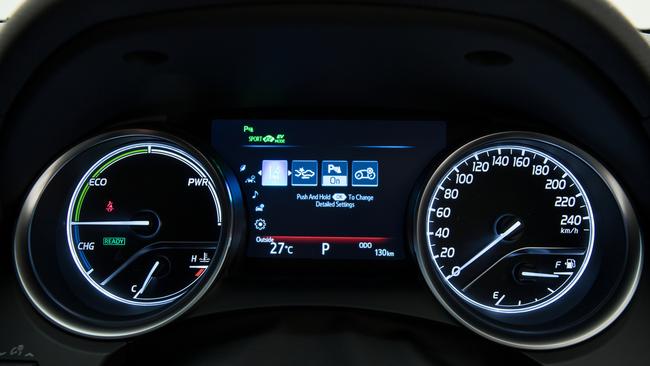
The uglier the traffic, the prettier the fuel numbers (on regular unleaded) look, especially if you use Eco/EV mode, which allows frequent electric-only operation at low speeds on a light throttle. I got 3.5-4.0L/100km in heavy traffic; low to mid fours are average in town, while high fours/low fives can be expected on the highway.
Camry Hybrid is built for comfort, not for speed. Driven to that brief it handles with reasonable confidence and poise. It’s nose heavy and a tad nautical in tight corners, but it also carries its weight close to the road, so it’s securely planted at speed on rough surfaces. The brakes, which combine mechanical and regenerative functions in the hybrid, remain a weak point. They’re grabby and difficult to modulate at low speeds — a pain in the neck in heavy traffic.
HEART SAYS
Call me beige. Call me boring. I couldn’t give a rat’s. And I don’t own a cardigan, all right?
HEAD SAYS
My car is not an extension of my ego. It is a piece of machinery. This one does exactly what I want, without fail, and the price is a bargain.
VERDICT
Four stars
I have no idea how Toyota can make such a beautifully engineered, efficient, safe, well-equipped family-sized car for such little money.
AT A GLANCE
•$31,990 plus on roads (bargain)
•$975 over 5 years (cheap); 3-yr w’ty (short)
•2.5-litre petrol/electric hybrid, 160kW/202Nm (above average)
•5 stars, 7 airbags, auto emergency braking, lane keeping, adaptive cruise (good)
•4.2L/100km (excellent)
•Space-saver (bad)
•524L (big)
ALTERNATIVES
SUBARU LIBERTY FROM $30,240
Runs a 129kW 2.5-litre petrol/CVT/all-wheel drivetrain. Big, comfortable and safe, with Subaru’s Eyesight driver assist system standard. Pricey servicing, though, and six month service intervals.
VOLKSWAGEN PASSAT FROM $35,490
Germany’s Camry, with a 132kW 1.8 turbo petrol/seven-speed DSG/front-wheel drive. Nine airbags and up to the minute infotainment; add $1500 for comprehensive driver assist safety tech.

